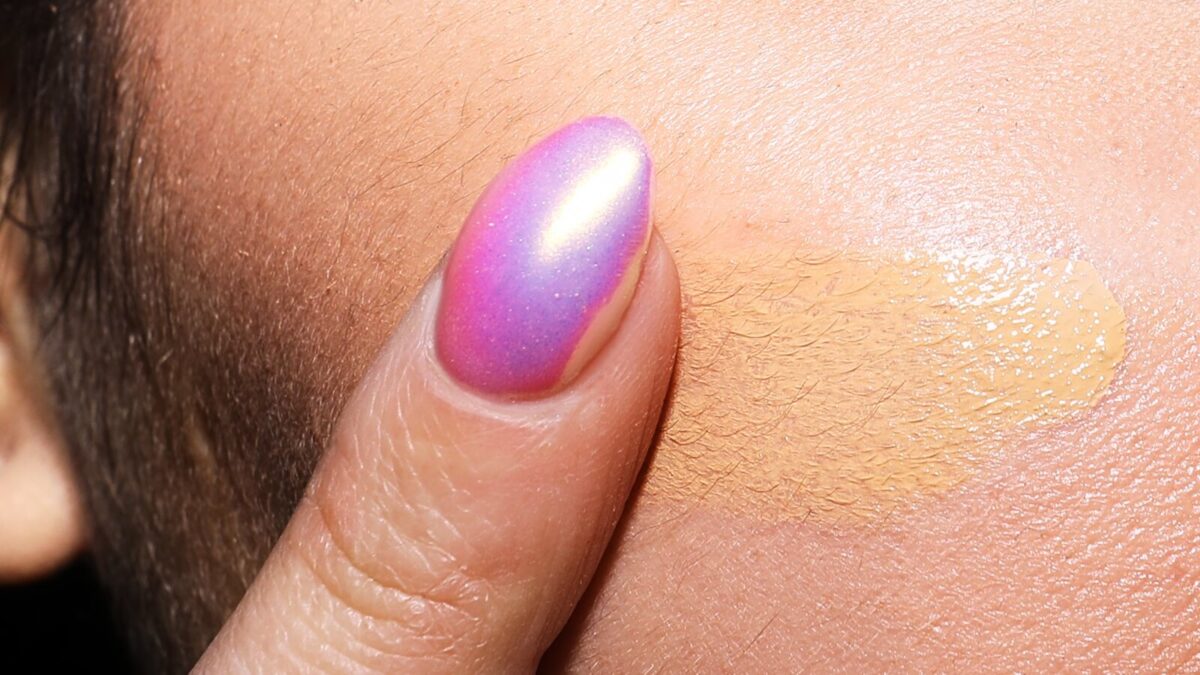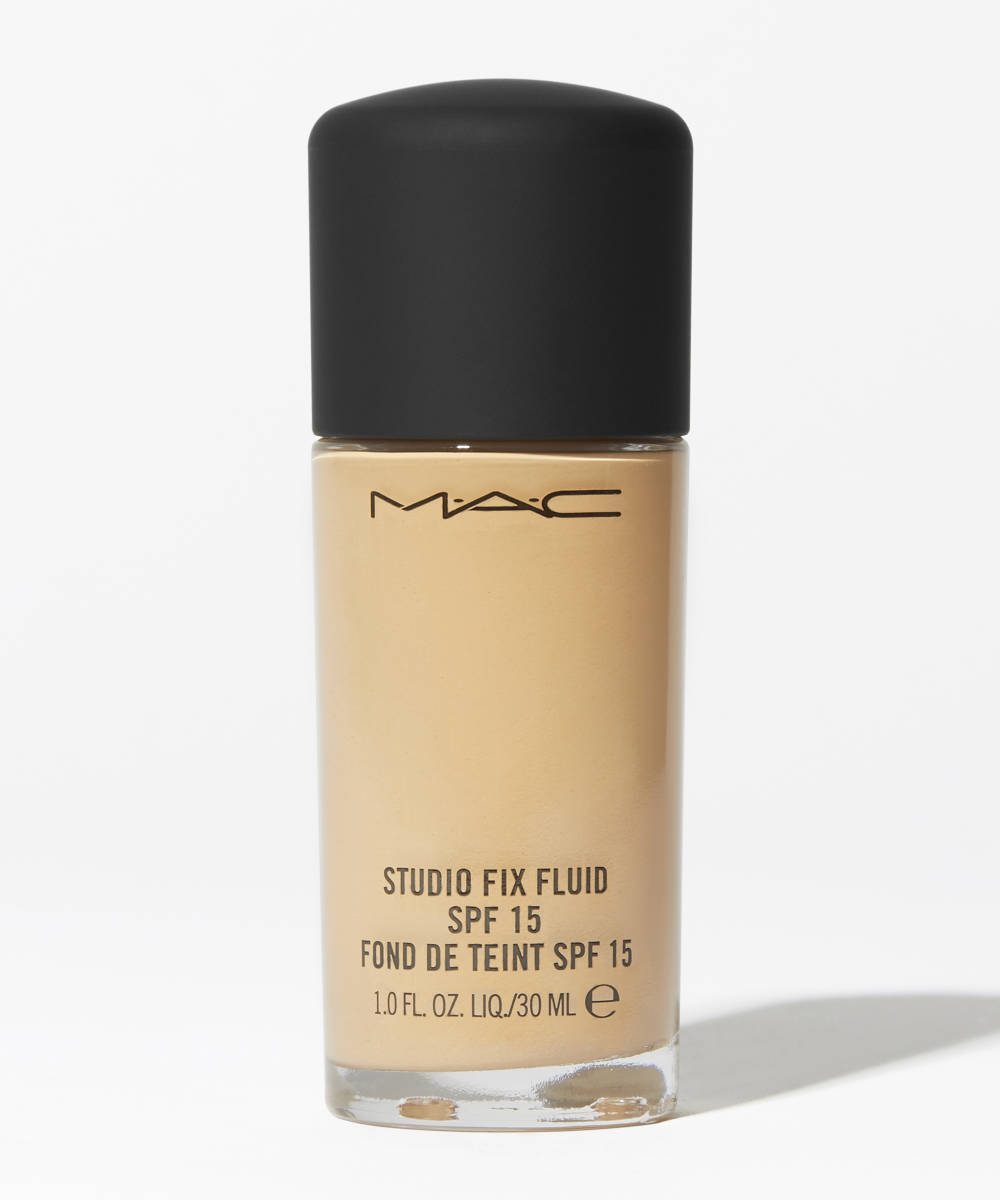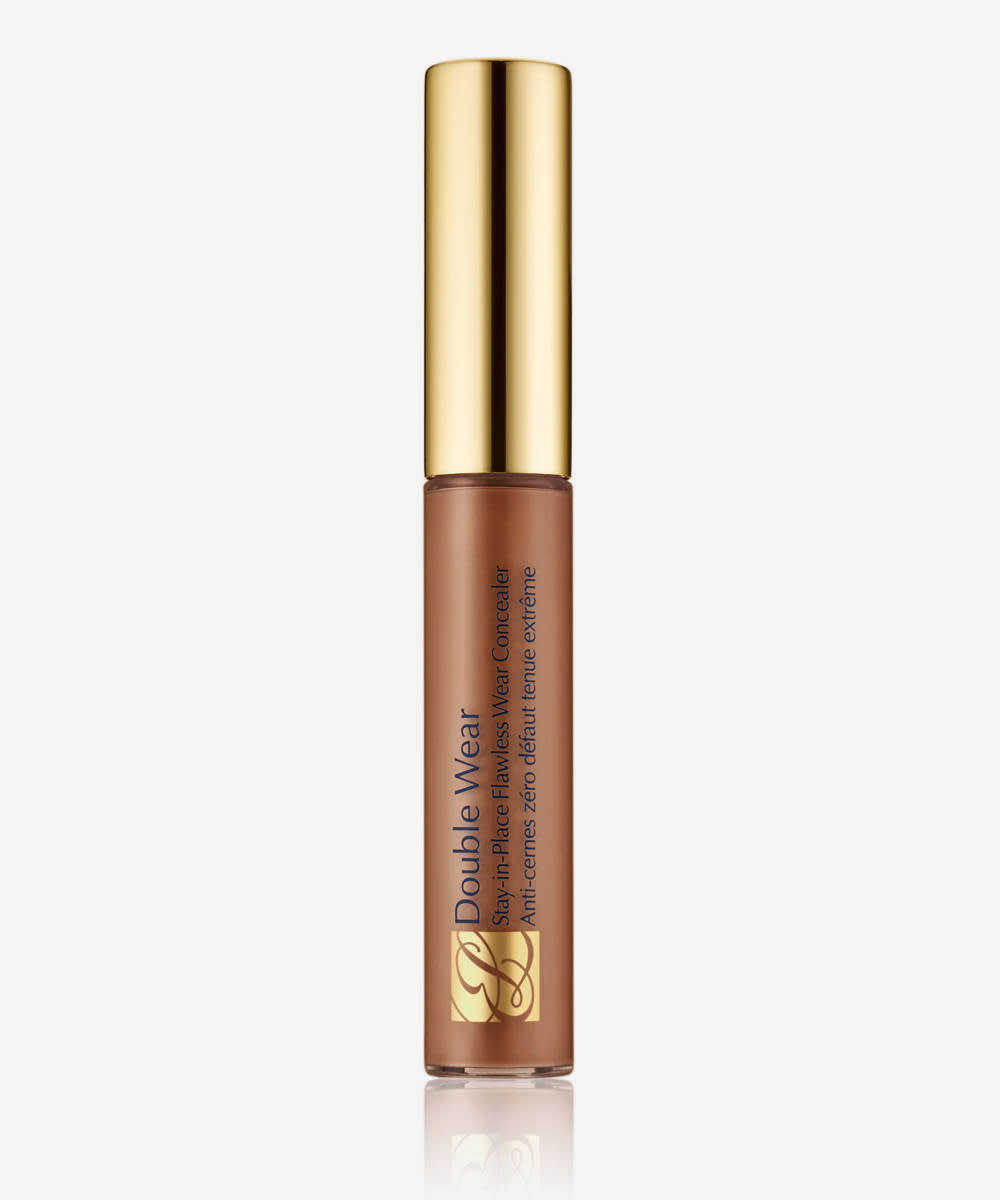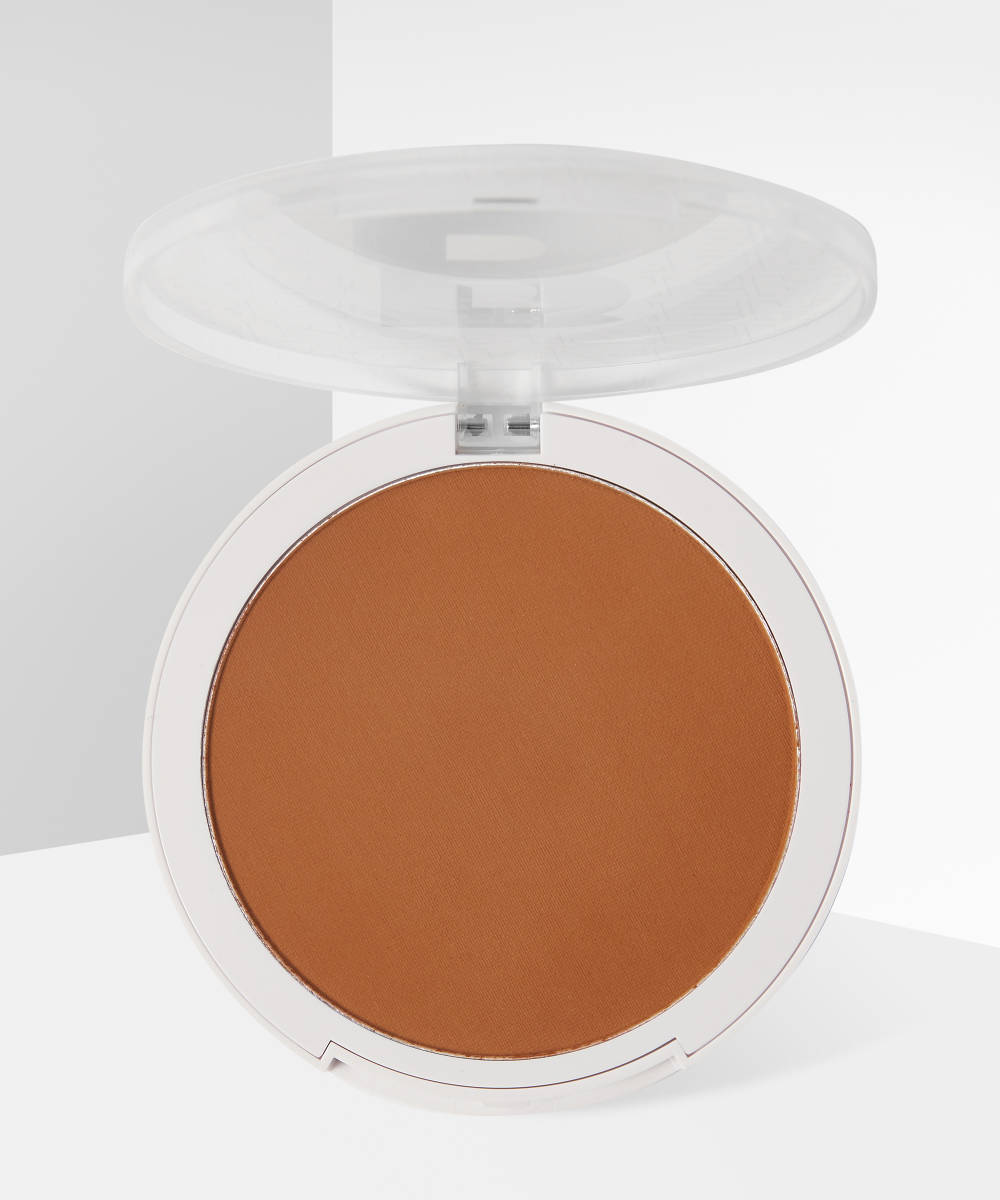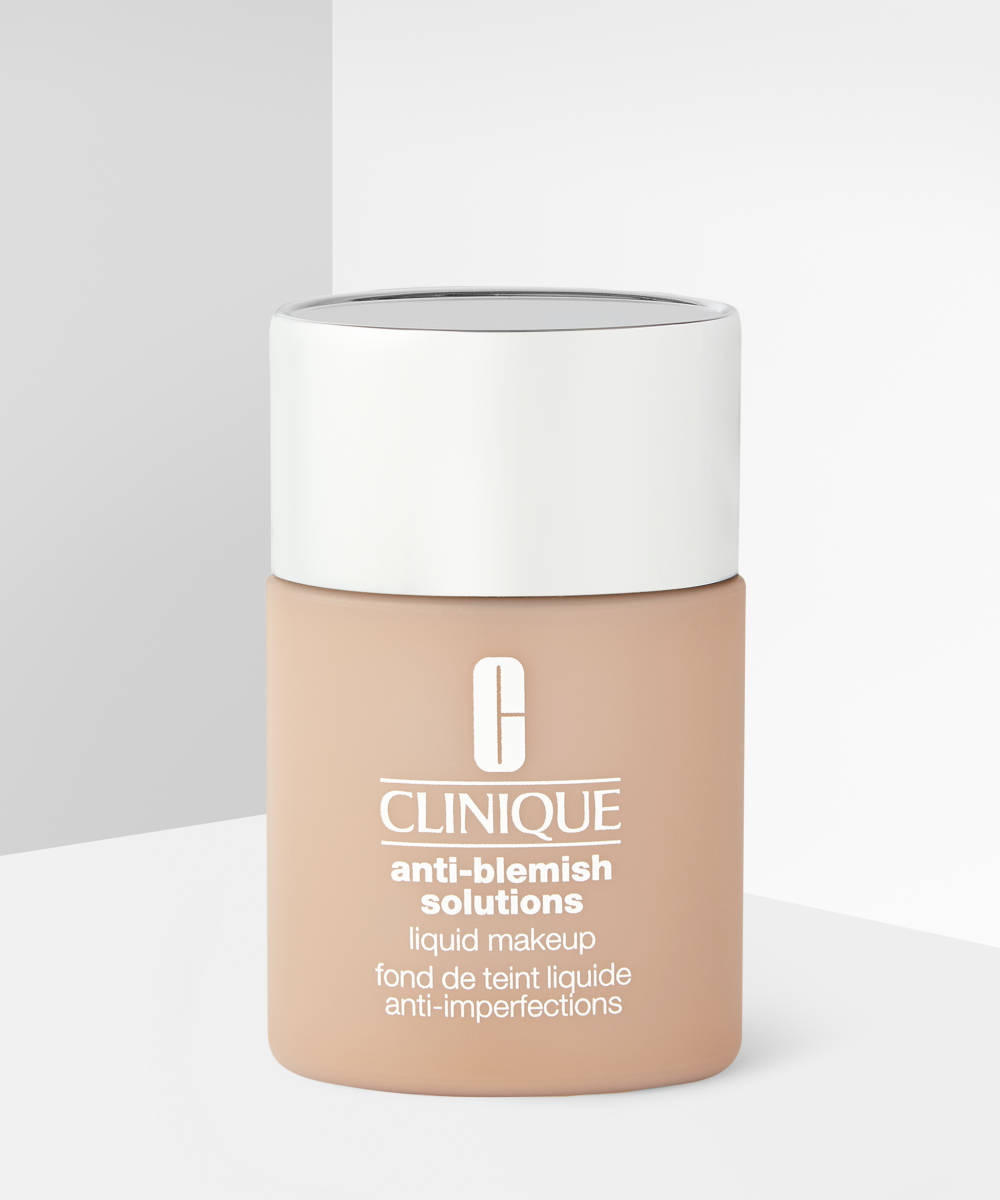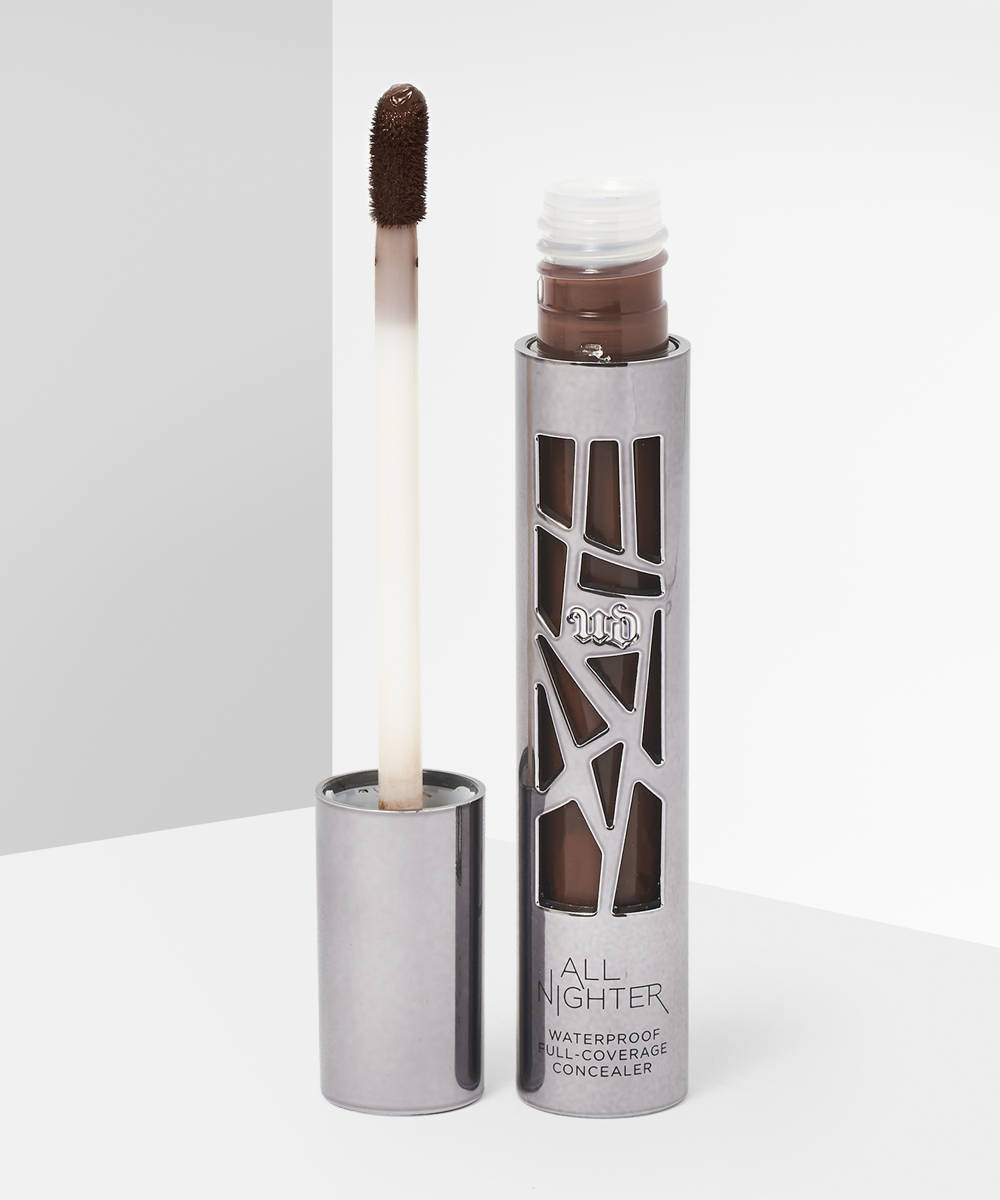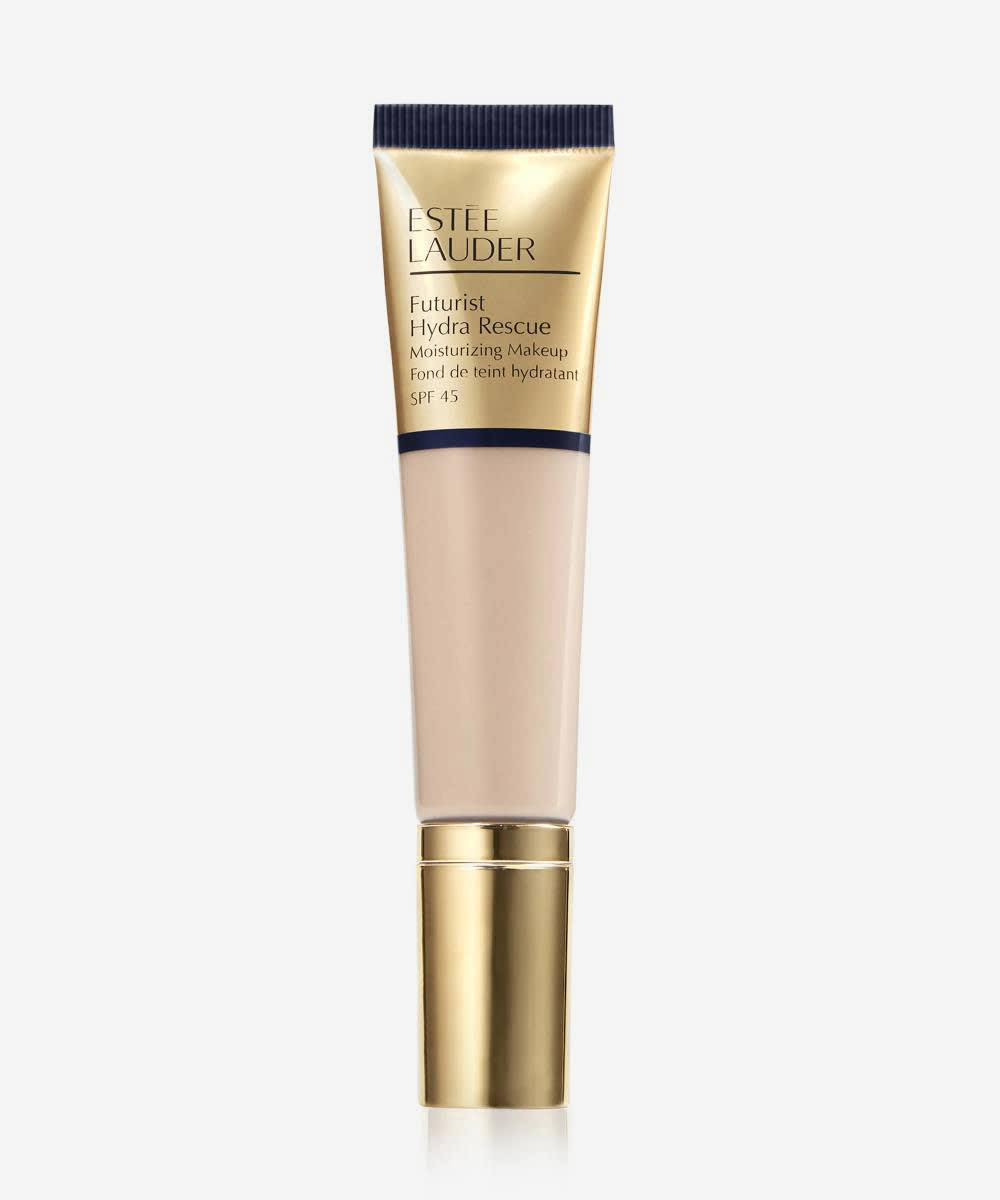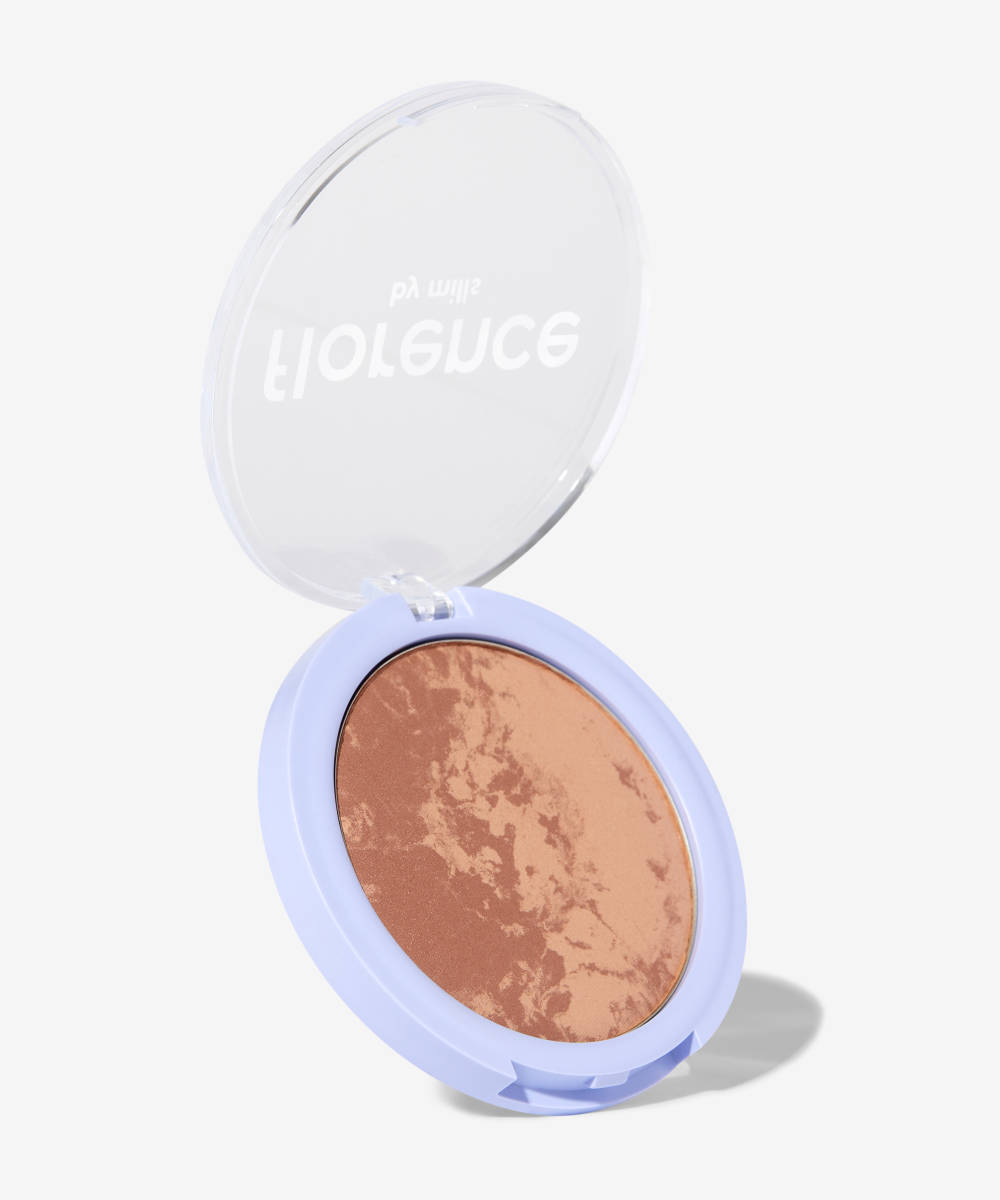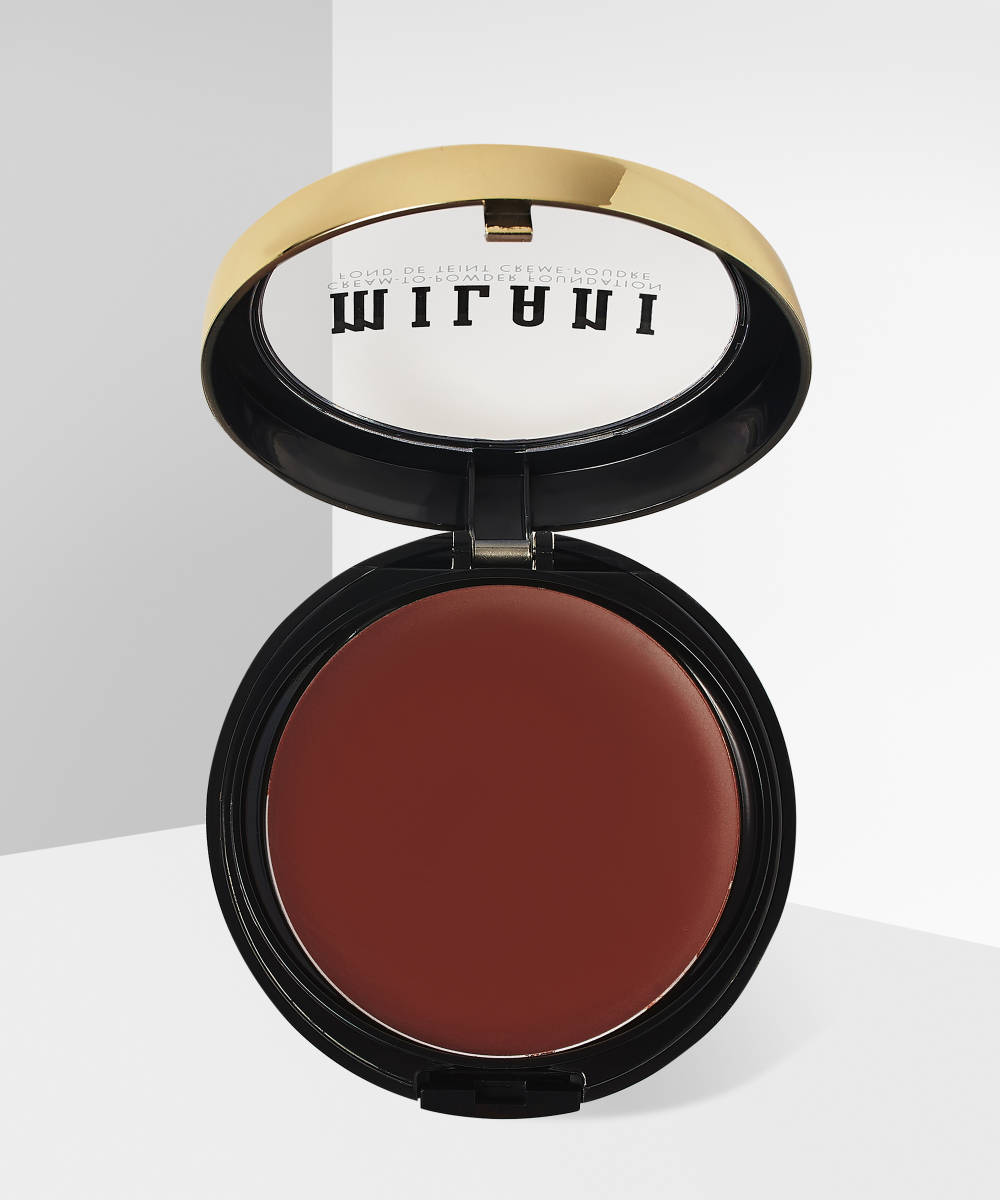Hi Grace,
I saw a TikTok about how important it is to know your skin’s undertone, but I have no idea how to figure it out, or if it really matters. I’m training to be a makeup artist, so I’d love to understand more about this!
Shenice
Okay, let’s start with the basics. Firstly, your skin’s undertone is not to be confused with your skin tone. They’re two different things. Your skin tone is the surface colour of your skin – typically characterised by descriptors such as light, medium, and dark, which help you to determine the colour of foundation or concealer you might wear. Skin undertones are split into three – cool, neutral, and warm. Knowing your undertone helps you to find the right shade that is within your skin colour so you can get the perfect makeup match and avoid an obvious makeup line on your jaw. Your skin tone can change throughout the year – typically darker in the summer and lighter in the winter – but your skin’s undertone will always stay the same.
Very few people have a cool undertone – the majority of people have warm undertones, but there are a few different hacks to figure out yours. These will also work for your potential clients – it’s super important as a makeup artist to know your client’s undertone before you begin to apply makeup. It’s a good idea to try a few of these to make sure you get the same results.
1. Swatch – If you can try both the cool and the warm variations of a shade then swatch them along your jawline. The one which appears the most seamless with your skin will be the best option and indicate whether you have warm or cool undertones.
2. Consider how your skin reacts to sun – If your skin burns easily but never (or rarely) tans then you’re a cool undertone. If your skin tans easily and rarely burns then you’re a warm undertones, and if you tend to burn but then tan, you’re a more neutral undertone.
3. Check your veins – If your veins appear very blur or purple in colour then you’re more likely to be a cool undertone, and if your veins have more of a green tint then you’re more on the warm end of the spectrum.
4. Compare against a white background – Put on a white top or hold a white piece of paper close to your face. If, on first glance, your skin appears pink or rosy, then you’re cool-toned. If your face appears more yellow or orange then you’re warm-toned. If you can’t really notice any difference then you’re neutral-toned. Warmer toned skin typically looks better against an off-white or cream, whereas a stark white will flatter a cooler-toned skin.
5. The jewelry test – Similarly to the above, warmer tones will find gold jewelry ore flattering whereas silver jewelry will look better on cool-toned skin. And again, those with neutral undertones won’t notice much difference.
Look at your overall colouring – Typically if you have darker hair and eye colour, you’re more likely to be warm-toned and those with fairer hair and light eye colours will be more cool-toned.
Some brands consider undertone when formulating foundations and concealers, for example MAC Studio Fix Fluid Foundation, which offers the same shades in both cool and warm versions. You can figure this out by taking a look at the shade names – the ‘W’ in NW15 indicates that this will be a fair but warm shade, whereas the ‘C’ in NC15 means it will be fair but cool. If a brand doesn’t indicate undertones in its shades, take a look at the bottles (or swatch) side-by-side. Warmer shades will contain more yellow colour pigments and cooler shades will contain more pink colour pigments.
Your undertone also impacts things like which blusher or lipstick will suit you, and explain why certain colours really suit you, but don’t look quite the same on your BFF. Typically, “warm” shades like peaches, beiges, taupes and gold will complement warm undertones, whereas cooler browns, greys, and silvers will look best on cooler undertones.
I hope that helps, and good luck with your makeup artist training!
